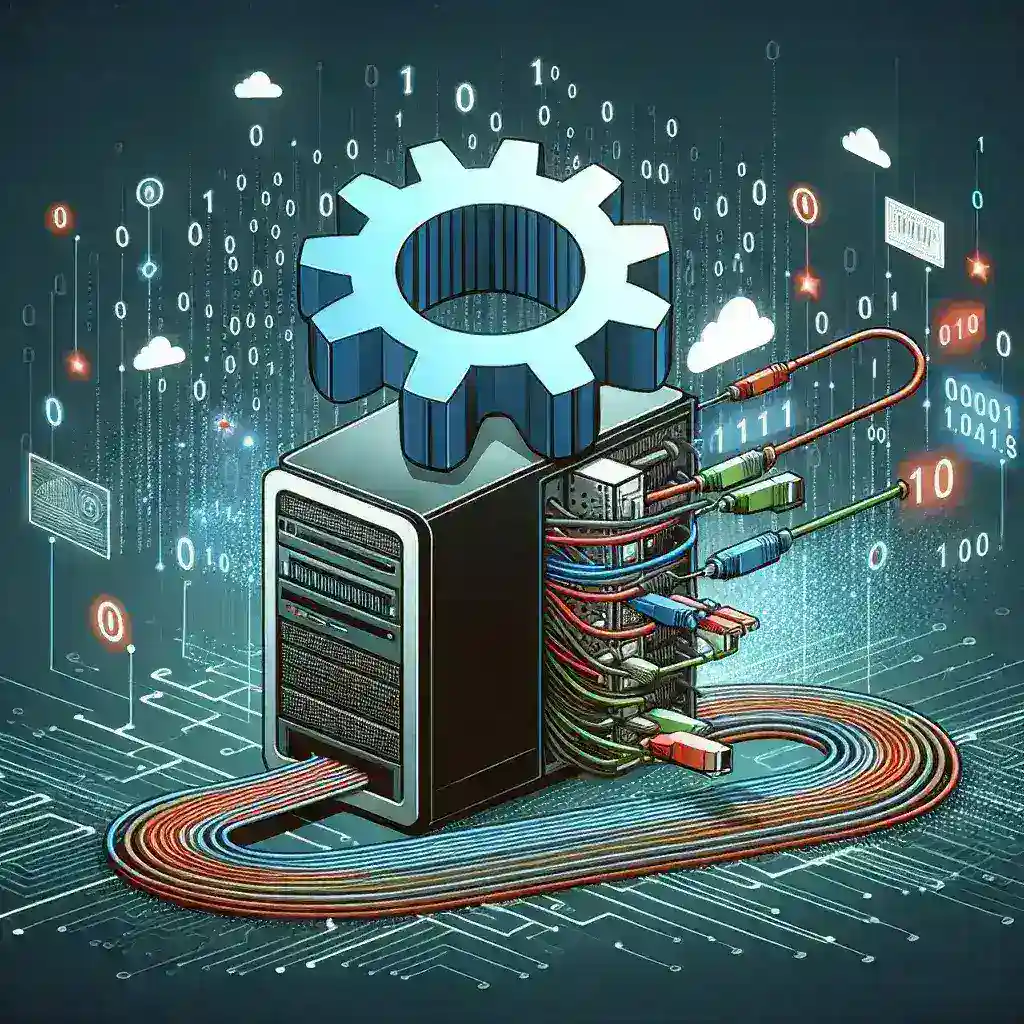In today’s data-driven world, optimizing your computer for big data processing is essential to improve performance, efficiency, and productivity. Whether using your system for personal projects or enterprise-level tasks, these strategies can help streamline your processes and get the most out of your hardware and software.
Understanding Big Data Requirements
Before you dive into the optimization process, it’s crucial to understand the requirements specific to big data tasks. These typically include high processing power, ample storage, and efficient memory management. Below is a summary of the essential components and their roles in big data processing:
| Component | Role in Big Data Processing |
|---|---|
| CPU | Handles complex computations and data processing tasks. |
| Memory (RAM) | Provides quick access to data and processes it efficiently. |
| Storage | Stores vast amounts of data long-term. |
| Network | Facilitates fast data transfer between systems. |
| GPU | Accelerates data processing, especially for tasks like machine learning. |
Upgrade Your Hardware
One of the most effective ways to optimize your computer is by upgrading its hardware. Start with these essential components:
Boost Your CPU
A faster CPU can significantly improve data processing speed. Look for multi-core processors, as they can handle multiple tasks simultaneously, reducing processing time.
Increase Your RAM
More RAM allows your computer to manage and process larger datasets. Consider upgrading to at least 16GB of RAM for small to medium projects; for more intensive tasks, go for 32GB or more.
Upgrade Your Storage
Switching from traditional hard drives (HDD) to solid-state drives (SSD) can dramatically speed up data access times. SSDs are faster, more reliable, and consume less power compared to HDDs.
Consider a Dedicated GPU
If your tasks include machine learning or other GPU-intensive operations, investing in a high-quality graphics card can give you a substantial performance boost. Look for GPUs with CUDA cores if you plan to work with NVIDIA technologies.
Optimize Your Software Environment
Optimizing your software environment can also enhance your big data processing capabilities. Follow these steps:
Use Efficient Data Processing Tools
Choose tools designed for big data, such as Apache Hadoop, Spark, or Flink. These tools are optimized for speed and efficiency, allowing you to process and analyze large datasets more effectively.
Optimize Data Storage
Organize your data storage to minimize retrieval times. Use file formats such as Parquet or ORC for better compression and faster query performance. Additionally, distributed storage systems like HDFS or cloud-based solutions can improve data management and accessibility.
Manage Background Processes
Disable unnecessary background processes and services to free up system resources for data processing. Use task manager tools to monitor and manage running applications effectively.
Enhance Network Connectivity
A robust network is vital for big data tasks, especially when dealing with data transfer between systems. Here’s how to enhance your network connectivity:
Upgrade Your Network Interface Card (NIC)
Opt for high-speed NICs, such as 10 Gigabit Ethernet or above, to enhance data transfer speeds. This is particularly important for clusters or machines that need to communicate frequently.
Use Quality Cabling
Invest in high-quality Ethernet cables (Category 6 or above) to ensure reliable and fast network connections.
Leverage Network Optimization Tools
Tools like network analyzers can help you identify and resolve bottlenecks. Optimize network settings to ensure maximum throughput and minimal latency.
Regular Maintenance
Regularly maintaining your computer can prevent performance degradation over time. Here are some maintenance tips to consider:
Keep Your System Clean
Physically clean your computer components to prevent dust buildup, which can cause overheating and reduced performance.
Update Drivers and Software
Regularly update your hardware drivers and software applications to benefit from performance improvements and security patches.
Monitor System Performance
Use monitoring tools to keep an eye on system performance metrics like CPU usage, memory usage, and disk I/O. This can help you identify areas that need optimization.
Utilize Cloud Services
Cloud services offer scalable and flexible solutions for big data processing. Here are some advantages of using cloud services:
Scalability
Cloud platforms like AWS, Google Cloud, and Azure provide scalable resources, allowing you to handle fluctuating data loads efficiently.
Cost-Effectiveness
Pay-as-you-go models in cloud services can be more cost-effective compared to investing in expensive hardware.
Access to Advanced Tools
Cloud providers offer advanced tools and services for big data analytics, machine learning, and data storage, which can enhance your data processing capabilities.
Conclusion
Optimizing your computer for big data processing involves both hardware upgrades and software optimizations. Understanding your requirements, upgrading essential components, optimizing your software environment, enhancing network connectivity, and leveraging cloud services can collectively lead to significant performance improvements. Regular maintenance and monitoring further ensure sustained efficiency, allowing you to manage and process big data effectively.

